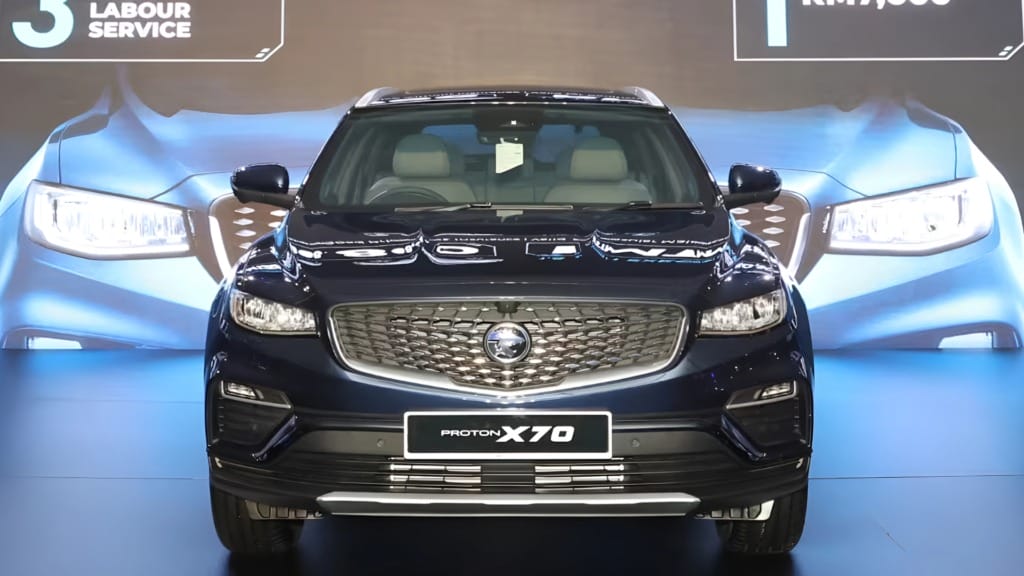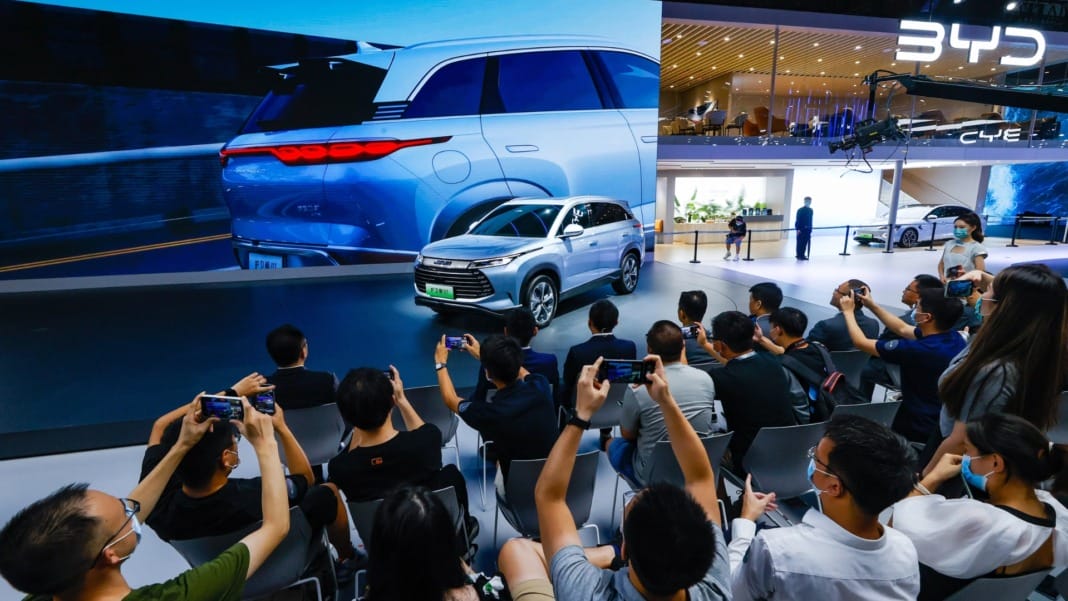The global automotive industry is evolving, with electric vehicles (EVs) leading the charge towards sustainability. In this transformation, Chinese automakers have emerged as pioneers, leveraging their dominance in the EV market to expand into high-potential regions like Southeast Asia. With its growing environmental consciousness and strategic location, this region is becoming a critical battleground for EV manufacturers. Integrating Chinese EVs into Southeast Asia’s automotive landscape represents a game-changing development, shaping the region’s transportation future.
China’s status as the world’s largest EV market is unmatched. In 2023 alone, over 6.8 million EVs were sold in China, accounting for nearly 60% of global EV sales. Leading manufacturers like BYD, Geely, and Nio are now focusing on Southeast Asia’s burgeoning markets. Their strategy combines technological innovation, aggressive pricing, and strategic partnerships, positioning them to dominate the regional EV scene.
China’s EV strategy in Southeast Asia
Chinese automakers have adopted a multi-pronged approach to capitalise on Southeast Asia’s growing EV demand. Companies like BYD, GAC Aion, and Great Wall Motor have established regional manufacturing plants and assembly facilities, enabling cost-effective production and mitigating trade tariffs. For instance, BYD’s state-of-the-art EV plant in Thailand, inaugurated in July 2024, aims to produce 150,000 units annually for domestic use and export to neighbouring countries. Similarly, GAC Aion began assembling EVs locally in Thailand in mid-2024, while Geely is exploring local production in Vietnam.
Strategic partnerships are at the core of this expansion. BYD has collaborated with Grab to deploy 50,000 EVs in Southeast Asia, bolstering ride-hailing and fleet services. Meanwhile, GAC Aion partnered with Indonesia’s Indomobil Group to establish a local manufacturing plant. These partnerships enhance market penetration and foster technology transfer and local employment opportunities.
Moreover, Chinese EV manufacturers’ pricing strategy is proving to be a game-changer. Affordable models like the Wuling Air EV, priced as low as US$17,000, have gained popularity in Indonesia, making EVs accessible to middle-income consumers. This affordability, coupled with incentives from local governments, gives Chinese automakers a significant competitive edge.
Why is Southeast Asia a key market?
Southeast Asia’s potential as an EV market lies in its demographic trends, economic policies, and growing environmental awareness. The region’s EV sales skyrocketed by 153% in 2023, reaching 153,000 units. Countries like Thailand, Indonesia, and Singapore are leading the charge, driven by government incentives and ambitious sustainability goals.

Thailand, often called the “Detroit of Asia,” aims to have EVs account for 30% of domestic vehicle production by 2030. Incentives, including tax breaks and subsidies, are designed to attract foreign automakers and accelerate EV adoption. Indonesia, home to one of the world’s largest nickel reserves, is positioning itself as a global hub for EV battery production. It has attracted investments from major players like BYD and Tesla by offering tax incentives and streamlining regulations.
Singapore is also playing a crucial role. With plans to phase out internal combustion engines by 2040, the city-state offers significant incentives for EV buyers, including rebates of up to S$25,000 under its Vehicular Emissions Scheme. Additionally, installing over 60,000 EV charging points by 2030 underscores its commitment to fostering EV infrastructure.
Southeast Asia’s burgeoning middle class, which is expected to grow to 350 million by 2030, further bolsters the market for EVs. Rising income levels and increasing environmental consciousness are driving demand for cleaner and more sustainable transportation options.
Challenges faced by Chinese EV makers
Despite their strong foothold, Chinese EV manufacturers face several hurdles in Southeast Asia. The lack of adequate charging infrastructure remains a critical challenge. As of 2023, Thailand had fewer than 2,000 charging stations, while Indonesia lagged with just 300. Addressing this gap requires significant investment and cross-sector collaboration.
Competition from established Japanese automakers like Toyota and Honda poses another challenge. Japan’s long-standing dominance in the region’s automotive sector gives it a loyal customer base. However, Japanese brands are gradually losing market share to Chinese automakers, as the latter offers more affordable and technologically advanced EVs.
Navigating diverse regulatory frameworks across Southeast Asia adds complexity. Each country has unique standards for EV manufacturing, safety, and emissions, requiring Chinese automakers to tailor their strategies accordingly. Building brand recognition in markets where Japanese and Western brands are household names is also time-intensive. Consumer concerns about EV range and battery life further complicate adoption. Addressing these concerns through innovation and education will be crucial for long-term success.
Impact on Southeast Asia’s automotive landscape
The rise of Chinese EVs is reshaping the automotive landscape in Southeast Asia. To remain competitive, local automakers must modernise their production lines and integrate EV technology. For example, Proton, a Malaysian automaker, has announced plans to develop its EV models in collaboration with Geely.

Consumer behaviour is undergoing a significant shift. The affordability of Chinese EVs has made electric cars a viable option for middle-income families, accelerating the transition from petrol-powered vehicles. A survey by EY indicates that over 73% of Singapore (58% global) consumers consider EVs for their next purchase.
The influx of Chinese EVs is also fostering economic growth. Investments in manufacturing plants and battery production facilities create thousands of jobs and stimulate local economies. Furthermore, developing charging infrastructure and ancillary industries lays the groundwork for long-term sustainability.
From an environmental perspective, the adoption of EVs is expected to significantly reduce carbon emissions. For instance, Thailand estimates a 20% reduction in transportation emissions by 2030 if its EV targets are met.
Charting a sustainable path forward for SEA’s EV journey
Chinese electric vehicle manufacturers are at the forefront of a green revolution in Southeast Asia. They are blending affordability, innovation, and strategic investments to revolutionise the region’s transportation sector. Their efforts are transforming consumer behaviour and stimulating economic development and environmental sustainability.
While challenges persist, the proactive measures taken by Chinese automakers and supportive government policies suggest a bright future for the industry. As Southeast Asia continues to embrace electrification, the region is poised to become a global hub for EV innovation and manufacturing.
The success of Chinese EVs in Southeast Asia offers valuable lessons for emerging markets worldwide. By prioritising affordability, localisation, and strategic partnerships, Chinese automakers are setting the stage for a more sustainable and connected future in global transportation.





